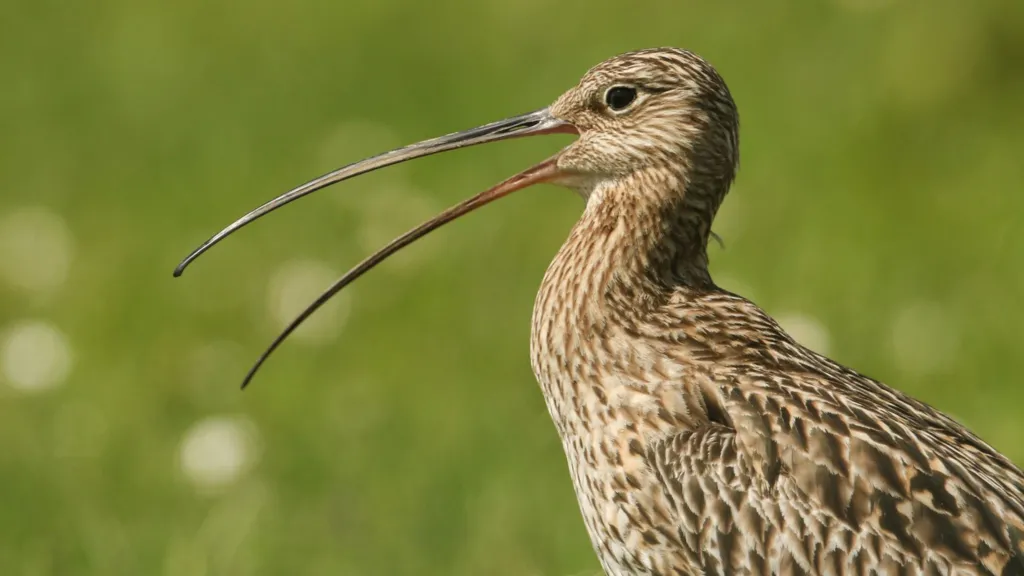Curlew Comeback in Orkney: Invasive Stoat Culling Sparks 21% Rise in Bird Numbers
Orkney Islands, Scotland — After more than a decade of steep decline, the curlew population in Orkney is rebounding, thanks to a determined effort to eliminate invasive stoats that have been preying on native wildlife.
The Royal Society for the Protection of Birds (RSPB) reports a 21% increase in curlew numbers in the islands, in stark contrast to continued declines across mainland Scotland and the rest of the UK. The resurgence follows the launch of the Orkney Native Wildlife Project in 2019 — the largest predator eradication effort ever undertaken on an inhabited island.
From 50% Decline to Positive Growth
Curlews, known for their long, curved bills and haunting calls, were facing a local crisis. A 2019 survey revealed their population had plummeted by 50% over a decade. At that time, only 12 breeding pairs per square kilometre remained. Thanks to the project’s success, that figure has now risen to 14.5 pairs per square kilometre.
“It is fantastic to see the hard work of the project team and many volunteers starting to restore a positive future for vulnerable species in Orkney,” said Anne McCall, director of RSPB Scotland.
Over 7,000 Stoats Removed
Since the eradication programme began, more than 7,000 stoats have been humanely culled using lethal traps and specially-trained detection dogs. Stoats, which first appeared in Orkney in 2010, are thought to have arrived either accidentally via cargo or were intentionally released to control rabbit populations.
Their impact, however, has been devastating. In addition to curlew, stoats also threaten the Orkney vole, short-eared owl, and hen harrier — species vital to the islands’ unique ecosystem.
A Glimmer of Hope Amid UK-Wide Declines
While Orkney’s curlews are bouncing back, mainland populations continue to decline. Surveys indicate a 13% drop in Scotland between 2012 and 2022, and the UK as a whole has seen a 50% decline since 1995.
The Orkney Native Wildlife Project currently employs over 40 staff and represents a crucial lifeline not just for curlews, but for all native island wildlife under threat.
